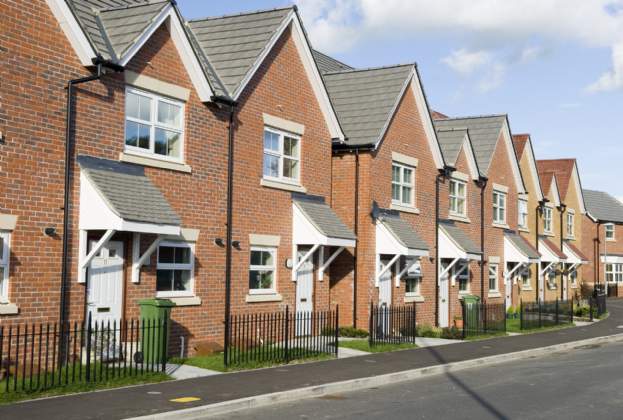Before and after ‘day zero’
It is fair to say there was a lot of hype prior to the introduction of BNG; would it be the last piece on the planning mule to make it finally Buckaroo? Or would BNG do as it was intended, and lead to a paradigm shift in the way that the planning system and the natural environment interface?
From my experience, it certainly has not been the former. In part because we planners are a resilient bunch; we find ways to adapt and embrace innovations and changes to the planning system. But could it also be because BNG has not yet been deployed to its full potential? A recent report by the Green Finance Institute identifies that only 0.5% of planning applications submitted after 12 February 2024 have been subject to BNG.
Some commentators have also identified loopholes and called on the government to close these. For example, issues have been cited in relation to BNG not applying to retrospective applications.




.jpg)
.jpg)


.jpg)

.jpg)